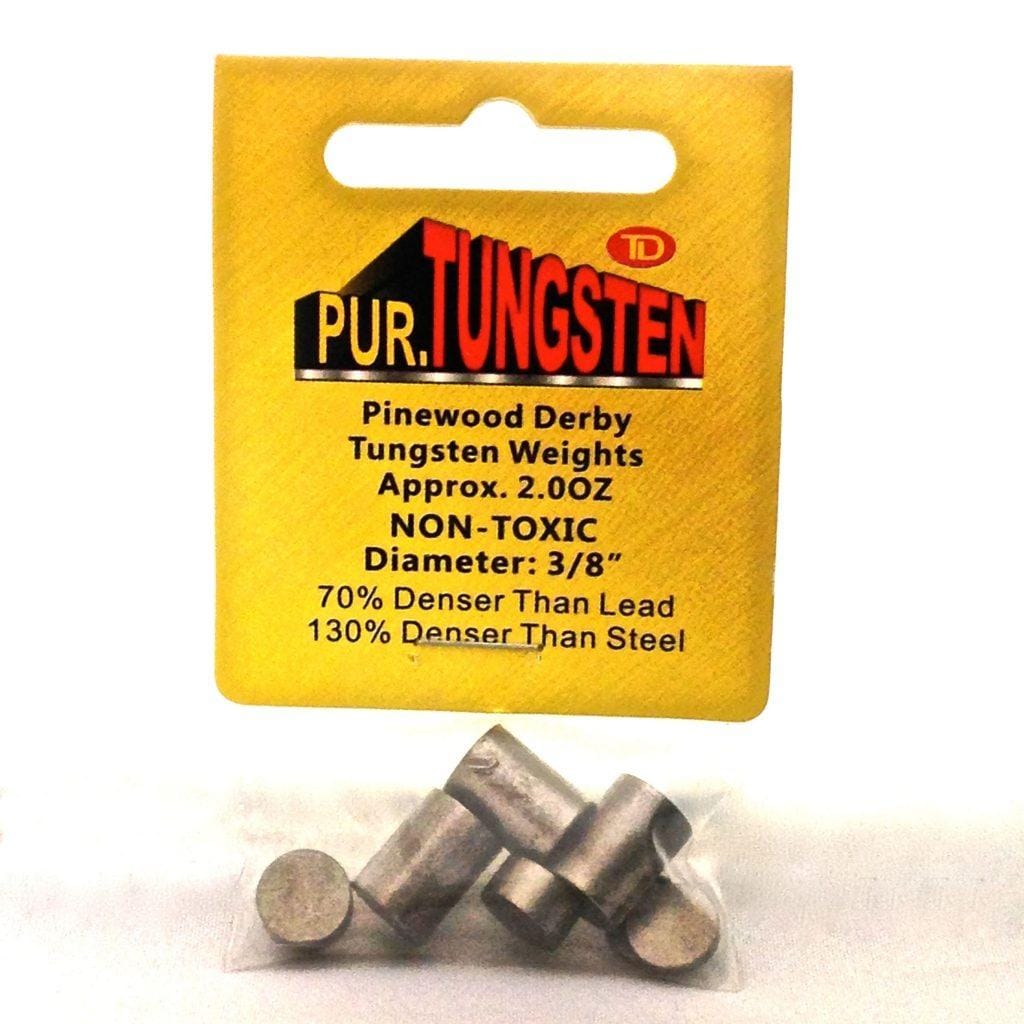Want to transform your pinewood derby car from a slowpoke to a speed demon? The secret lies in mastering the art of weight placement. This comprehensive guide dives deep into the world of pinewood derby weights, covering everything from basic principles to advanced techniques that can give you a winning edge. Get ready to unlock the secrets to maximizing your car’s speed and dominating the competition!
Understanding the Power of Weight
Weight isn’t just about reaching the five-ounce limit; it’s about strategic placement. Think of your car like a lever. Placing weight strategically maximizes the force gravity exerts, propelling your car down the track with greater momentum.
The Five-Ounce Balancing Act
Five ounces. That’s the magic number, the maximum weight allowed according to official rules. [https://www.lolaapp.com/What are the weight rules for Pinewood Derby?] But reaching five ounces isn’t the only goal. How you distribute that weight is even more crucial. Imagine a seesaw: balanced weight equals a standstill. Shift the weight, and you create motion. The same principle applies to your pinewood derby car.
Rearward Bias: Harnessing Gravity’s Pull
Picture pushing a shopping cart. Pushing from the back is effortless; pushing from the front is a struggle. Your pinewood derby car reacts similarly. By concentrating weight towards the rear, you leverage gravity’s pull, converting potential energy into kinetic energy and creating rotational force that drives your car forward. This rearward bias is fundamental to pinewood derby success. [https://www.lolaapp.com/Is it better to have a lighter or heavier Pinewood Derby car?]
Choosing the Right Material
Weighing Your Options: Density vs. Workability
Selecting the right weight material is like choosing the right tool for the job. Each material offers a unique balance of density and workability.
- Tungsten: This dense powerhouse lets you pack maximum weight into a tiny space, ideal for intricate car designs where space is at a premium. Its high density also maximizes potential energy, leading to greater speed. However, it comes at a higher cost.
- Lead: Offering a balance between density and affordability, lead is a popular choice. However, due to potential health and environmental concerns, its use may be restricted in some areas. Always check local regulations.
- Zinc: The easiest to work with, zinc is beginner-friendly. Its lower density means you’ll need larger pieces, which could affect aerodynamics.
| Material | Density | Cost | Ease of Use |
|---|---|---|---|
| Tungsten | High | High | Moderate |
| Lead | Medium | Medium | Easy |
| Zinc | Low | Low | Easy |
Mastering Weight Placement
Finding the Sweet Spot: Precision Placement
This is where the magic happens. Even minute adjustments can drastically impact performance. Don’t be afraid to experiment with different weight placements, meticulously documenting your results. [https://www.lolaapp.com/What is the best weight for Pinewood Derby?] A slightly forward bias might be advantageous on a steep track, while a rearward bias excels on flatter tracks.
Securing Your Weights: The Importance of a Solid Bond
A loose weight is a recipe for disaster. Use strong adhesives like epoxy to ensure a secure bond. For added security, especially with denser materials like tungsten, consider drilling small holes and pinning the weights in place.
Advanced Techniques: Beyond the Basics
Ready to take your understanding to the next level? Explore the concepts of center of gravity and moment of inertia. A lower center of gravity generally improves stability. Minimizing the moment of inertia allows for quicker acceleration, a significant advantage on the track. Manipulating these factors adds another layer of complexity, but the potential rewards are substantial.
Fine-Tuning for Victory
Testing, Testing, 1, 2, 3: The Scientific Approach
Treat your car like a science experiment. Test different weight placements, making small adjustments and meticulously recording the results. A kitchen scale is indispensable for precise measurements. Consider factors like track incline and wheel friction. Does your track resemble the thrilling slopes found near some of the Talkeetna Alaska restaurants? Or is it more like the smooth, predictable surface of a dining table at the legendary puritan backroom menu? Adapt your strategy accordingly.
Lubrication and Aerodynamics: The Supporting Cast
While weight placement is the star of the show, don’t neglect the supporting cast. Properly lubricated axles and polished wheels minimize friction, ensuring smooth, efficient movement. A sleek, aerodynamic design minimizes air resistance, allowing your car to slice through the air with minimal drag.
The Uncertainty Principle of Pinewood Derby
There’s no one-size-fits-all solution. What works best for one car may not work for another. Track conditions, wheel alignment, and even air temperature can influence performance. Embrace the uncertainty, experiment relentlessly, and fine-tune your strategy for every race. Ongoing research suggests that even seemingly minor factors can have a surprising impact on speed, so stay curious and keep exploring!
By mastering these principles, you can transform your pinewood derby car into a true speed demon. Remember, the journey is just as important as the destination. Embrace the challenge, learn from your experiments, and most importantly, have fun!
- 1 Liter to Fluid Ounces: Easy Conversion Guide - April 9, 2025
- Unlock what is the seventh month: A Cross-Cultural Calendar Guide - April 9, 2025
- Discover White Fruits: Ultimate Guide to Taste & Nutrition - April 8, 2025

















2 thoughts on “Pinewood Derby Weights: The Ultimate Guide to Placement & Winning Strategies”
Comments are closed.